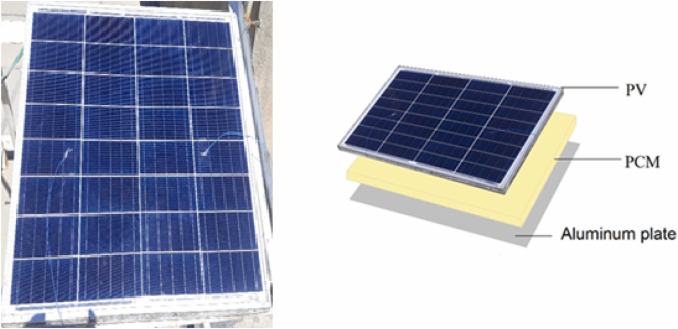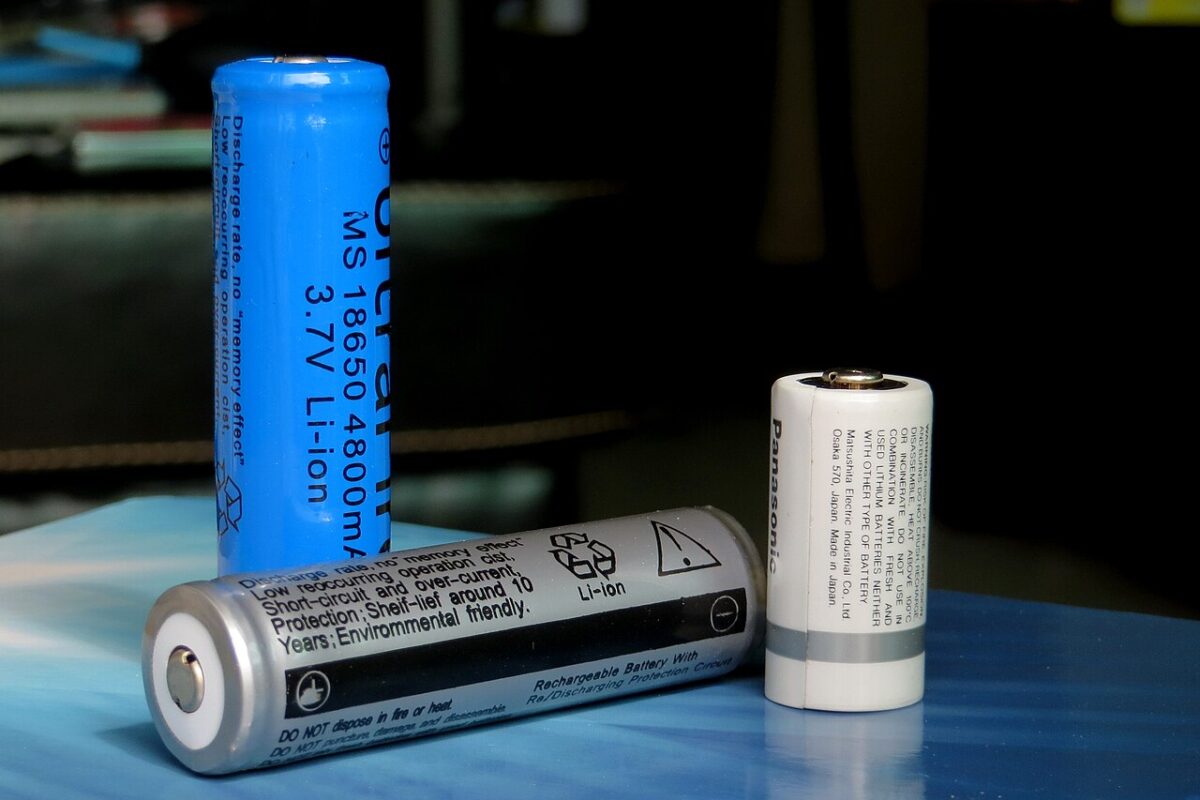Researchers from the Northern Technical University and AlNoor University in Iraq have investigated the ability of phase-change materials (PCM) to cool PV panels in extremely hot temperatures.
PCMs are substances that can absorb and release heat energy during phase transitions. The PCMs used in this study were natural beeswax, paraffin wax, and a combination of both. They absorb heat when changing from solid to liquid and release it when transforming back.
“This study aims to evaluate the effect of integrating phase-change materials with solar panels and passive cooling under the influence of Iraqi weather conditions, which are characterized by their heat,” the academics from the Northern Technical University said. “We compare the performance under these conditions in terms of electrical efficiency, panel temperature, and electrical output through experimental work.”
For their experimental setting, the scientists placed four 50 W panels with polycrystalline cells on a rooftop in the city of Hawija, northern Iraq. One panel was kept in its original condition for reference, while the other three had cavities in their back to contain the different PCMs. The five-liter cavity was then filled with the various waxes, with 10% space left empty for solidification.
The group took the measurements on a July day in 2022 with the ambient temperature reaching 43.5 C and solar radiation values ranging from 300 to 956 W/m2. Different measurement instruments were installed in this rig to measure the panel’s temperature, electricity production, and efficiency.
The analysis showed that the panel without a PCM had temperatures ranging from 38.65 to 69.4 C, with an average daily temperature of 54.7 C. By contrast, the PV module with paraffin reached an average of 54.21 C, with the panel relying on beeswax averaging 51.66 C. The panel with both materials, meanwhile, achieved an average of 53.62 C.
All three PCM PVs acted similarly, having lower temperatures than the reference PV until between 2:00 pm and 3:00 pm, when the wax melted. Afterward, as it could not absorb any more heat, the wax froze, emitting heat and therefore raising the panel temperature to higher levels than the reference set-up.
“Regarding electrical generation, the average daily electrical output was 28, 28.5, 31, and 28.7 watts for the reference plate, paraffin, beeswax, and PV mixture,” the academic group added. “The electrical efficiency of beeswax improved by 1% compared to the reference rig. As for the other two types, the improvement was very slight.”
The research group shared its results in the study “Comparative study of different phase change materials on the thermal performance of photovoltaic cells in Iraq’s climate conditions,” published in Energy Reports.
This content is protected by copyright and may not be reused. If you want to cooperate with us and would like to reuse some of our content, please contact: editors@pv-magazine.com.



2 comments
By submitting this form you agree to pv magazine using your data for the purposes of publishing your comment.
Your personal data will only be disclosed or otherwise transmitted to third parties for the purposes of spam filtering or if this is necessary for technical maintenance of the website. Any other transfer to third parties will not take place unless this is justified on the basis of applicable data protection regulations or if pv magazine is legally obliged to do so.
You may revoke this consent at any time with effect for the future, in which case your personal data will be deleted immediately. Otherwise, your data will be deleted if pv magazine has processed your request or the purpose of data storage is fulfilled.
Further information on data privacy can be found in our Data Protection Policy.